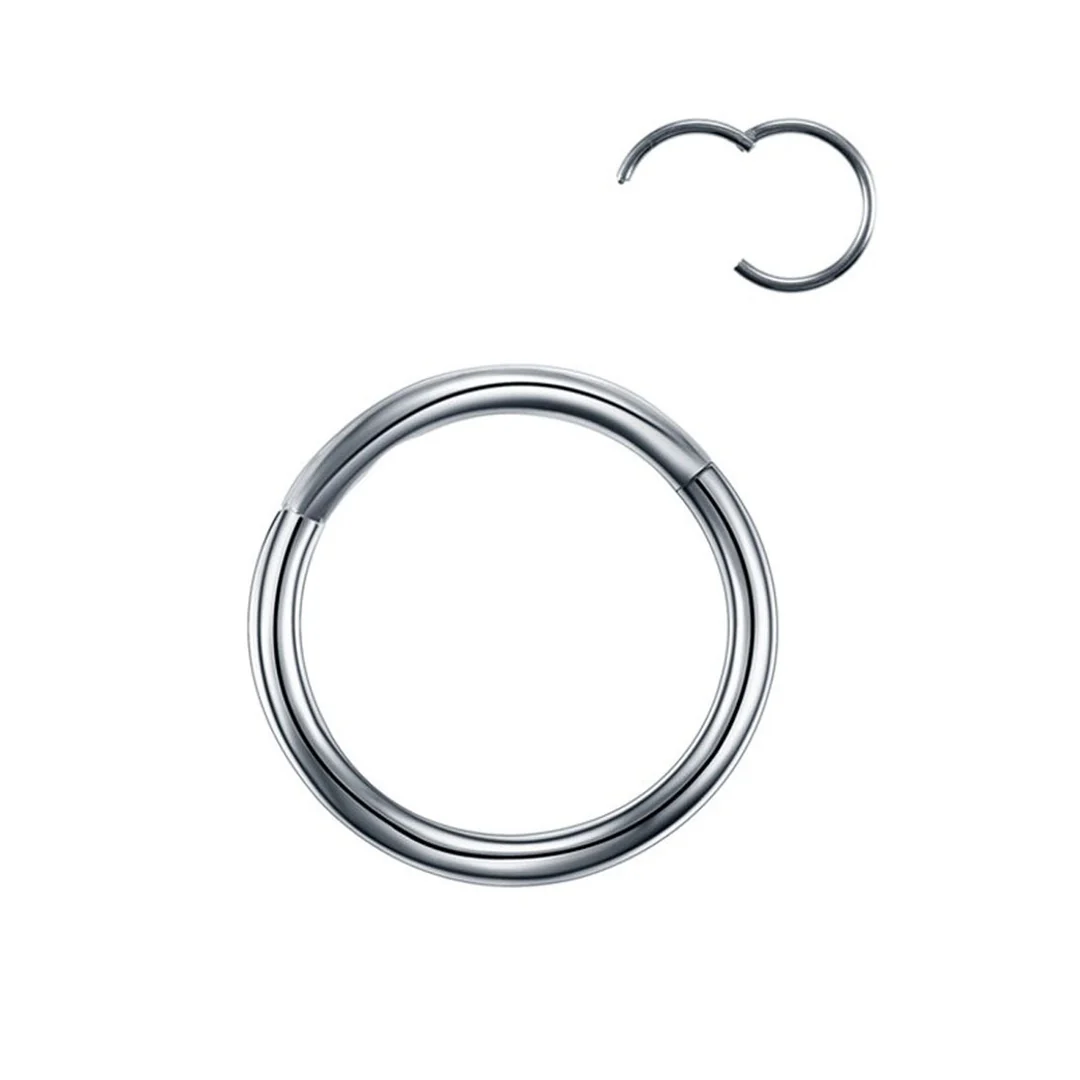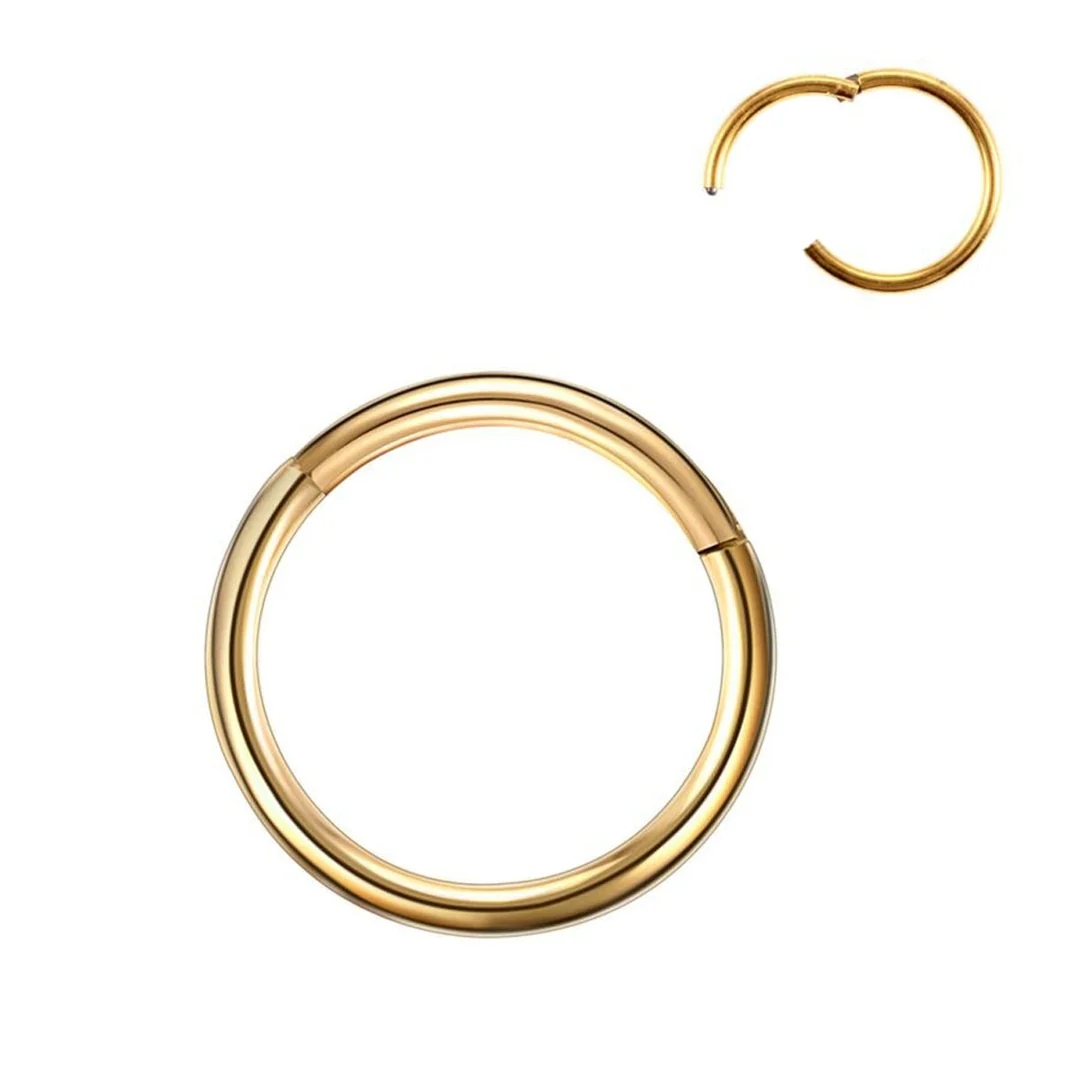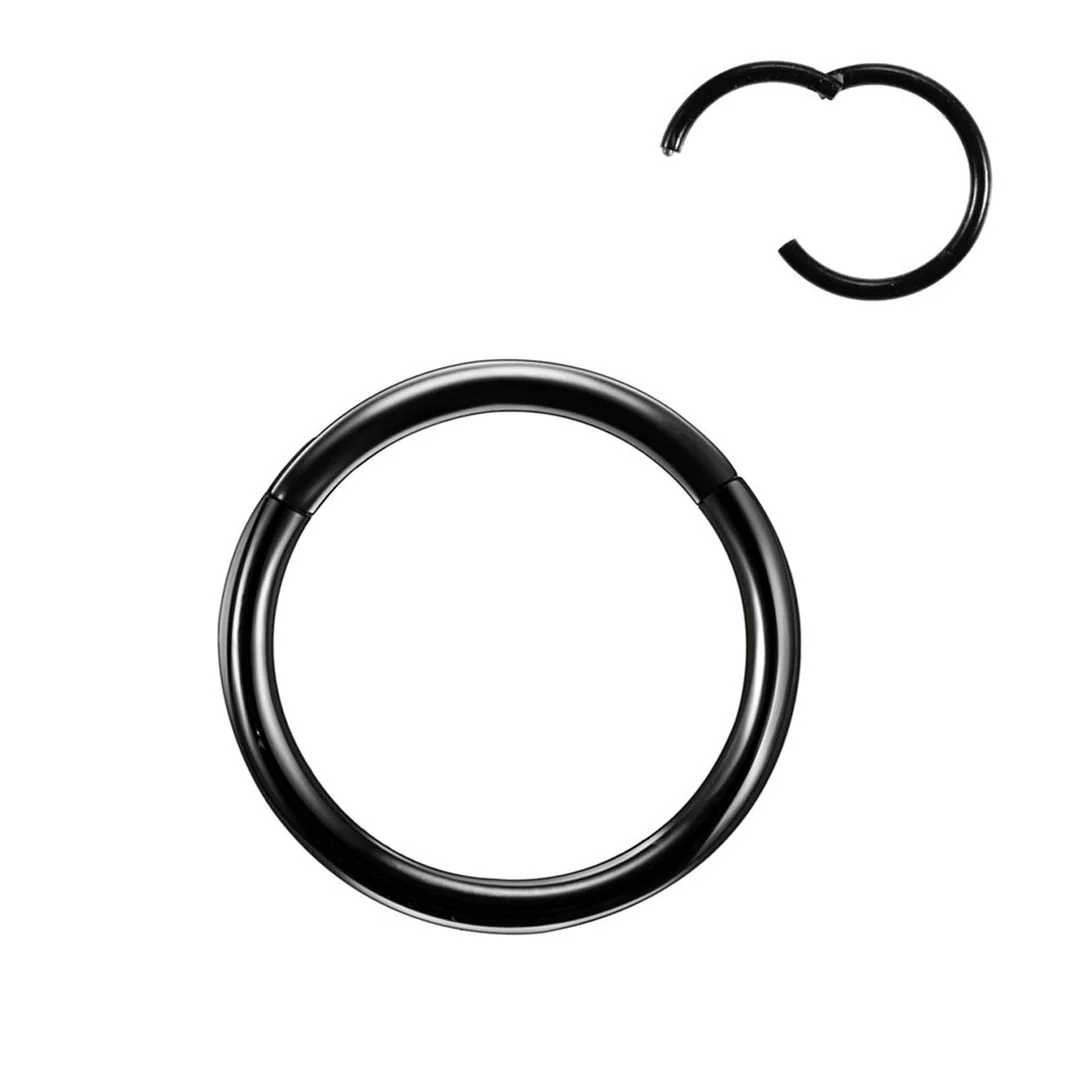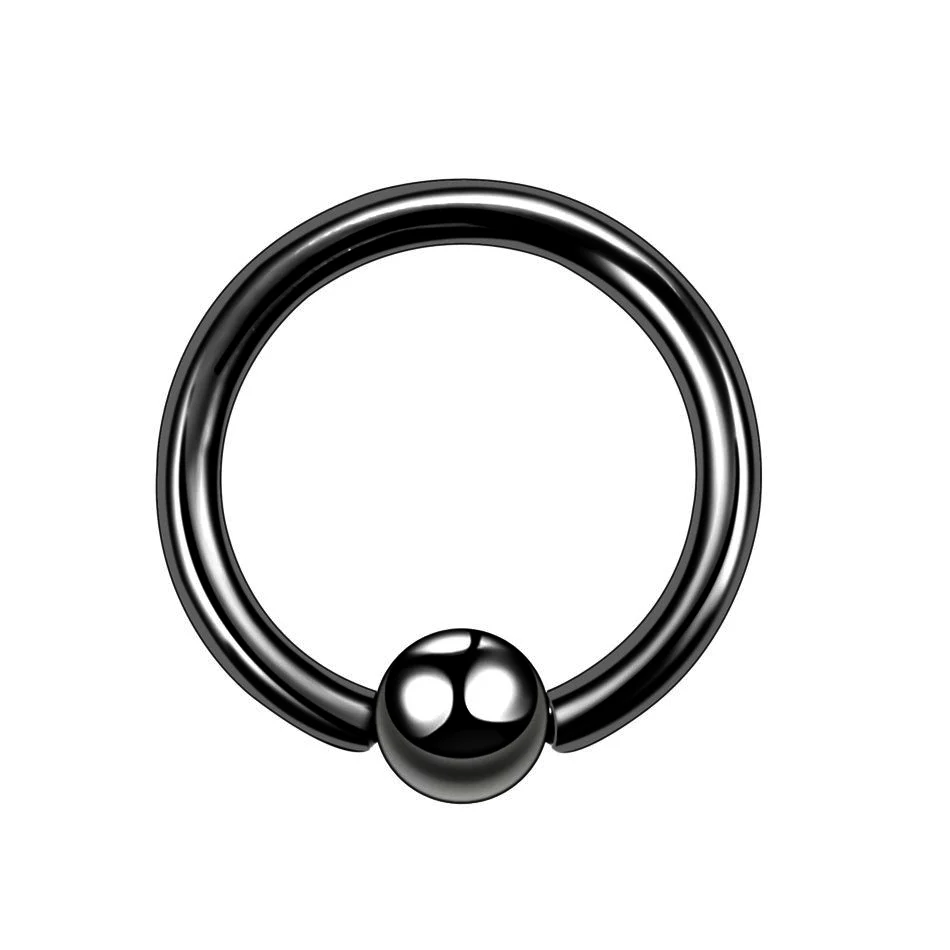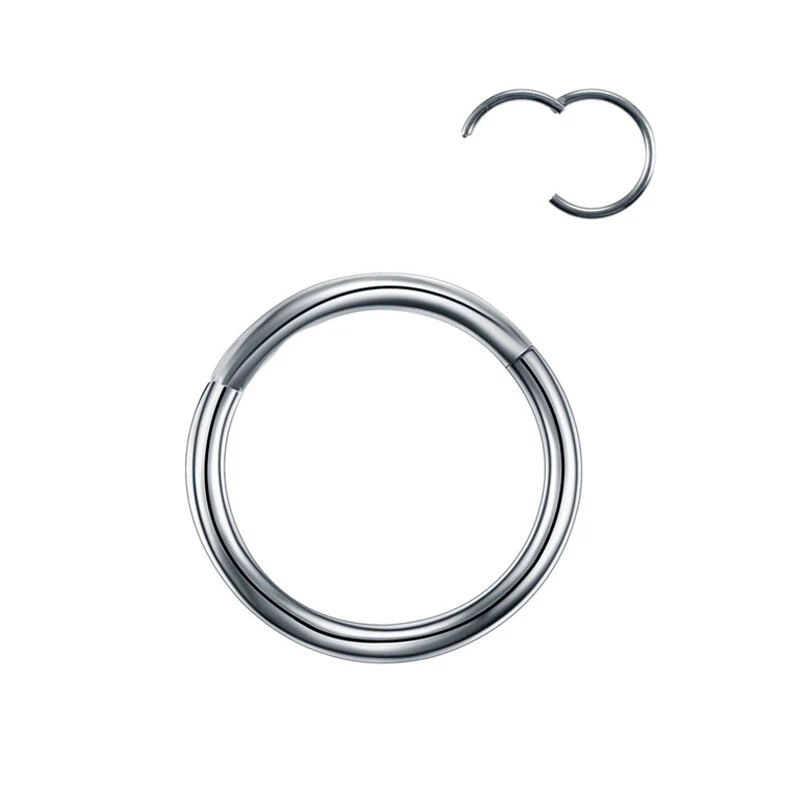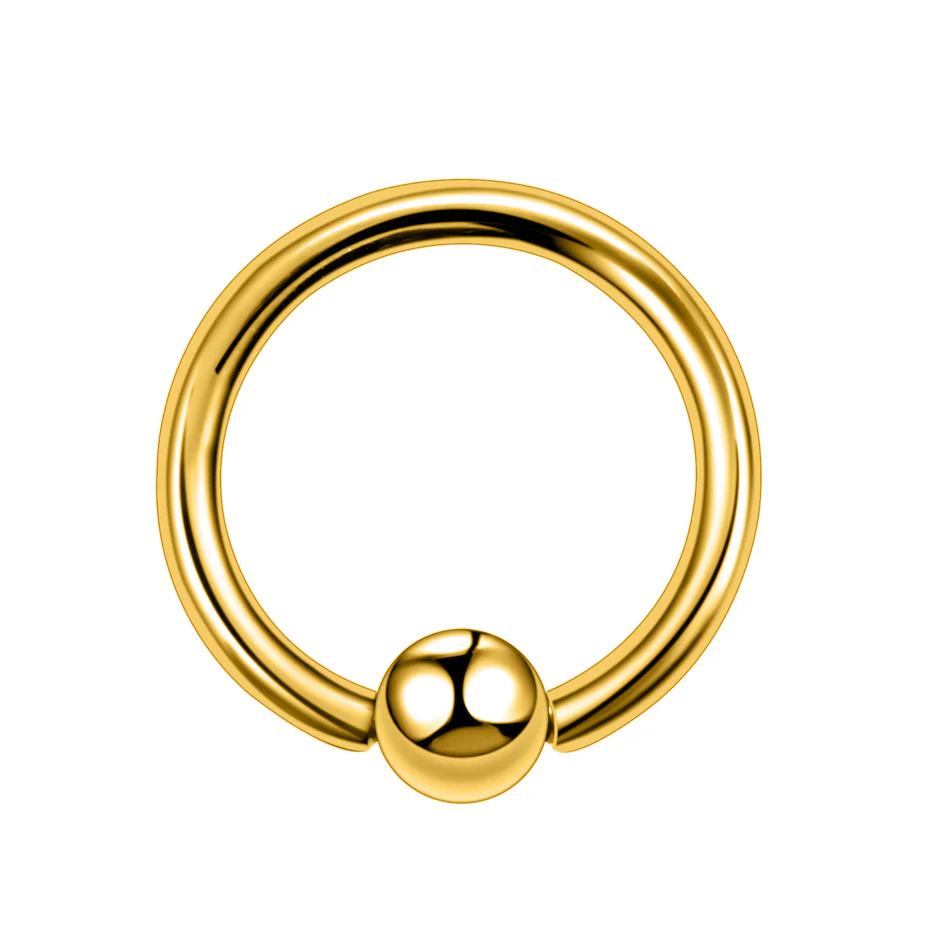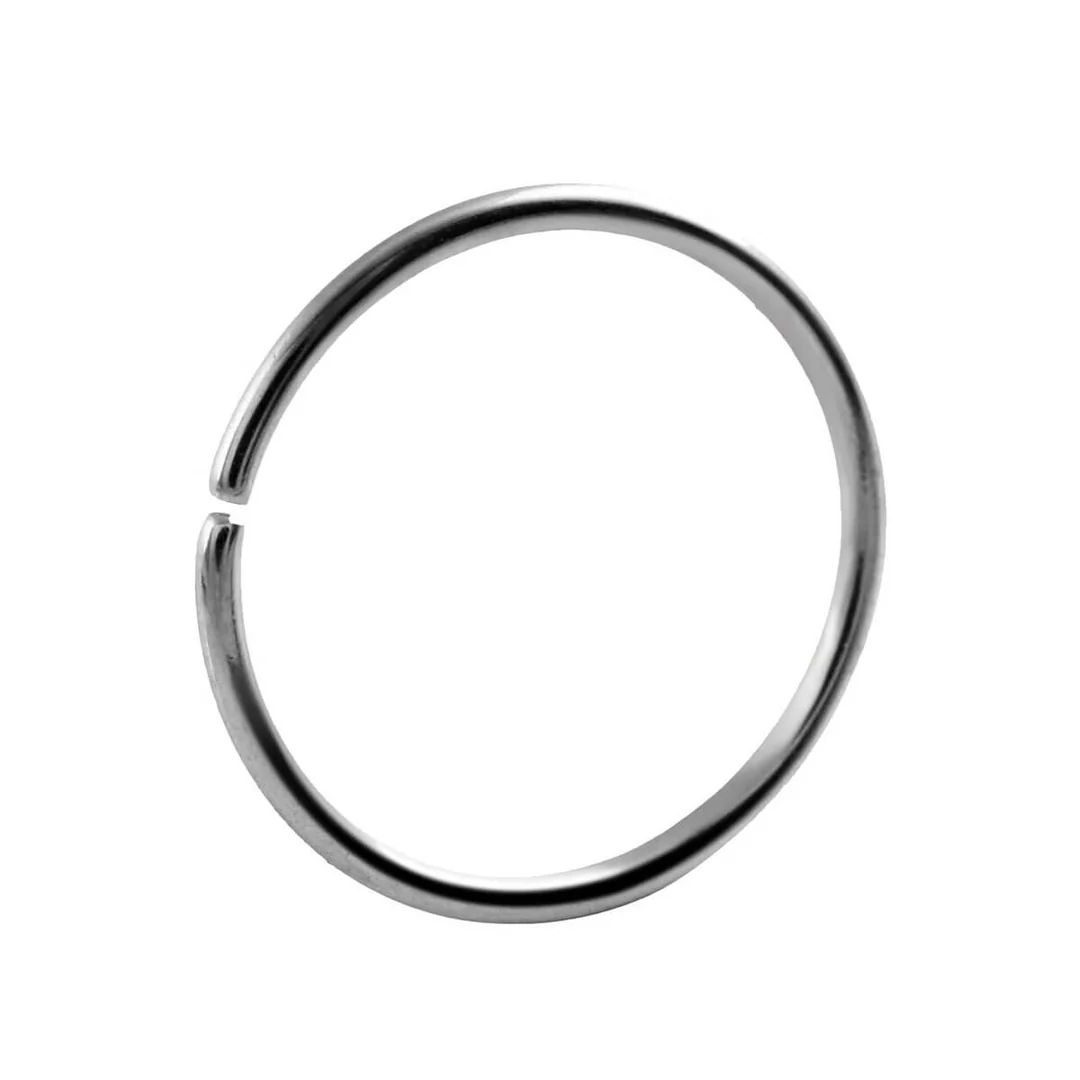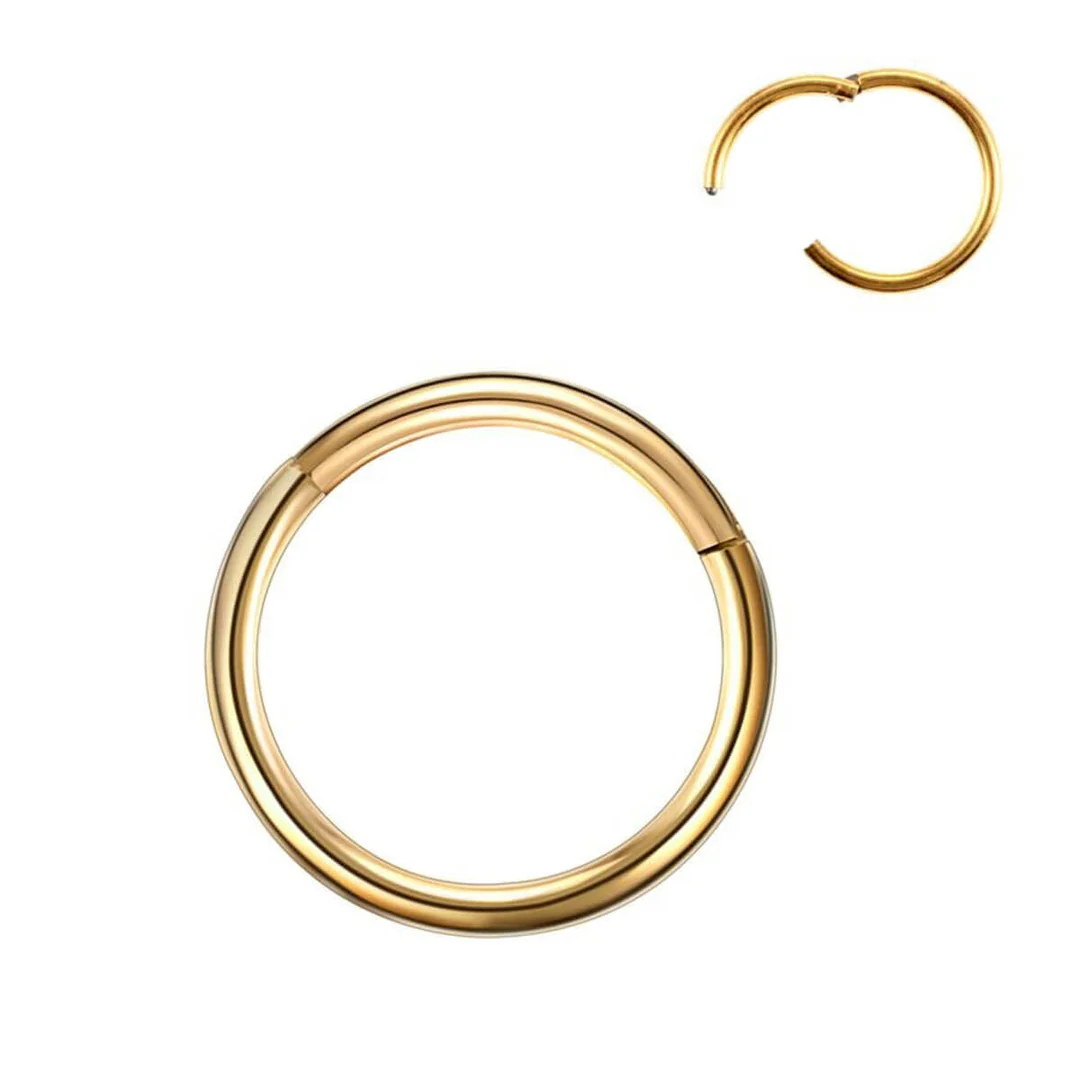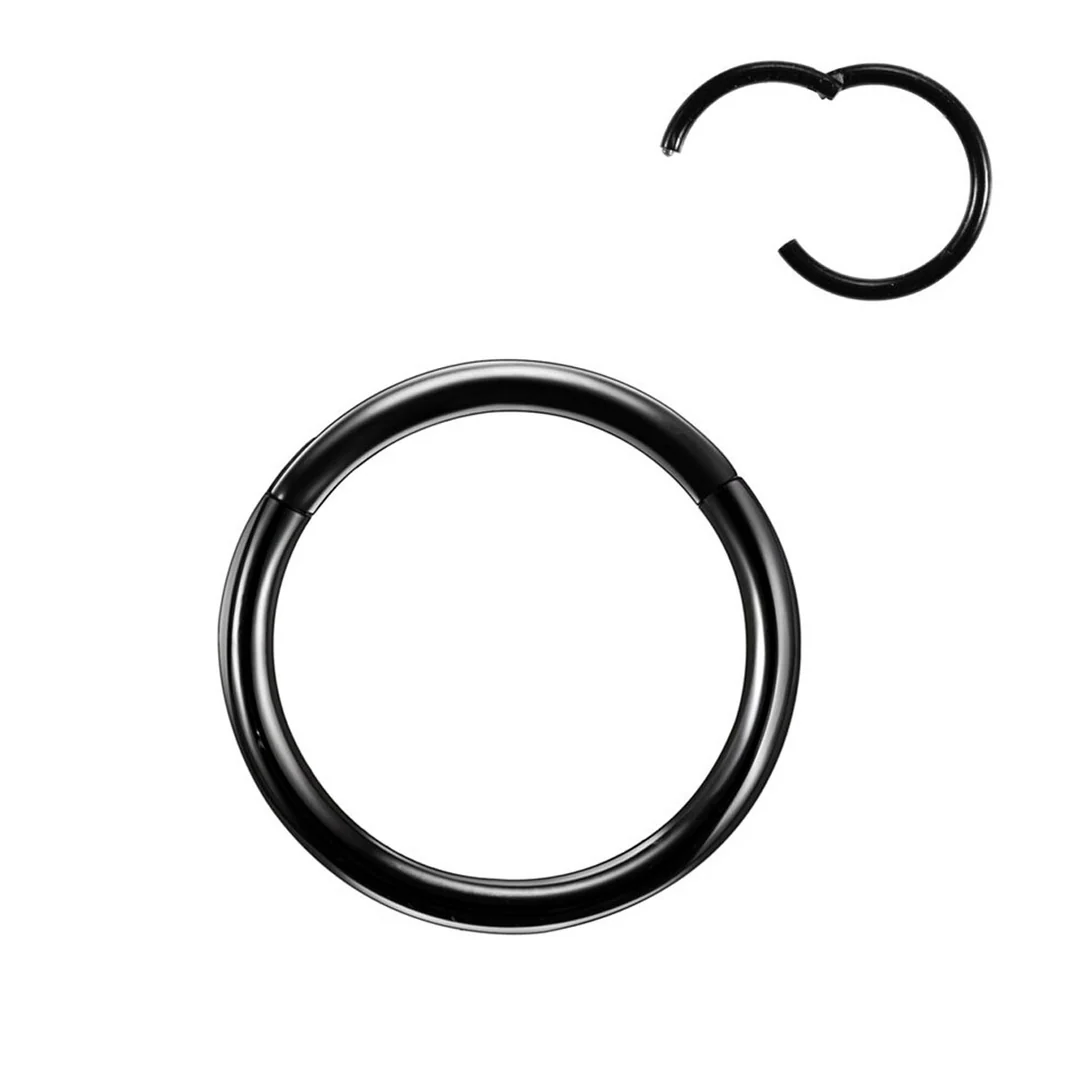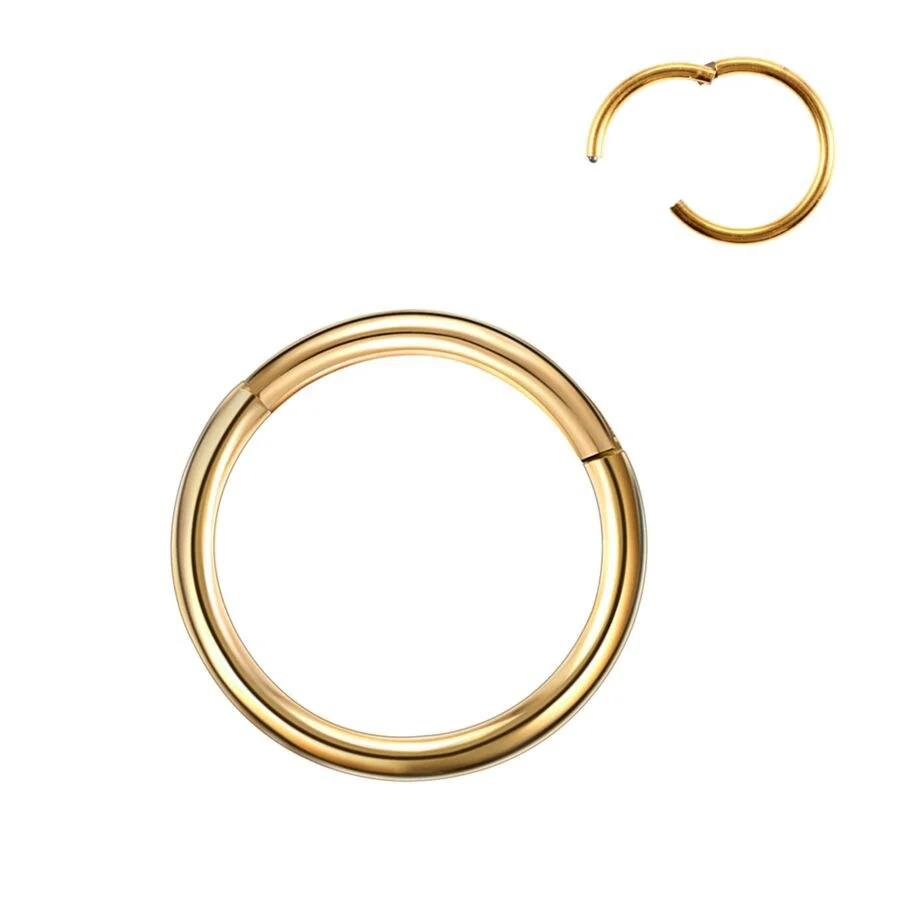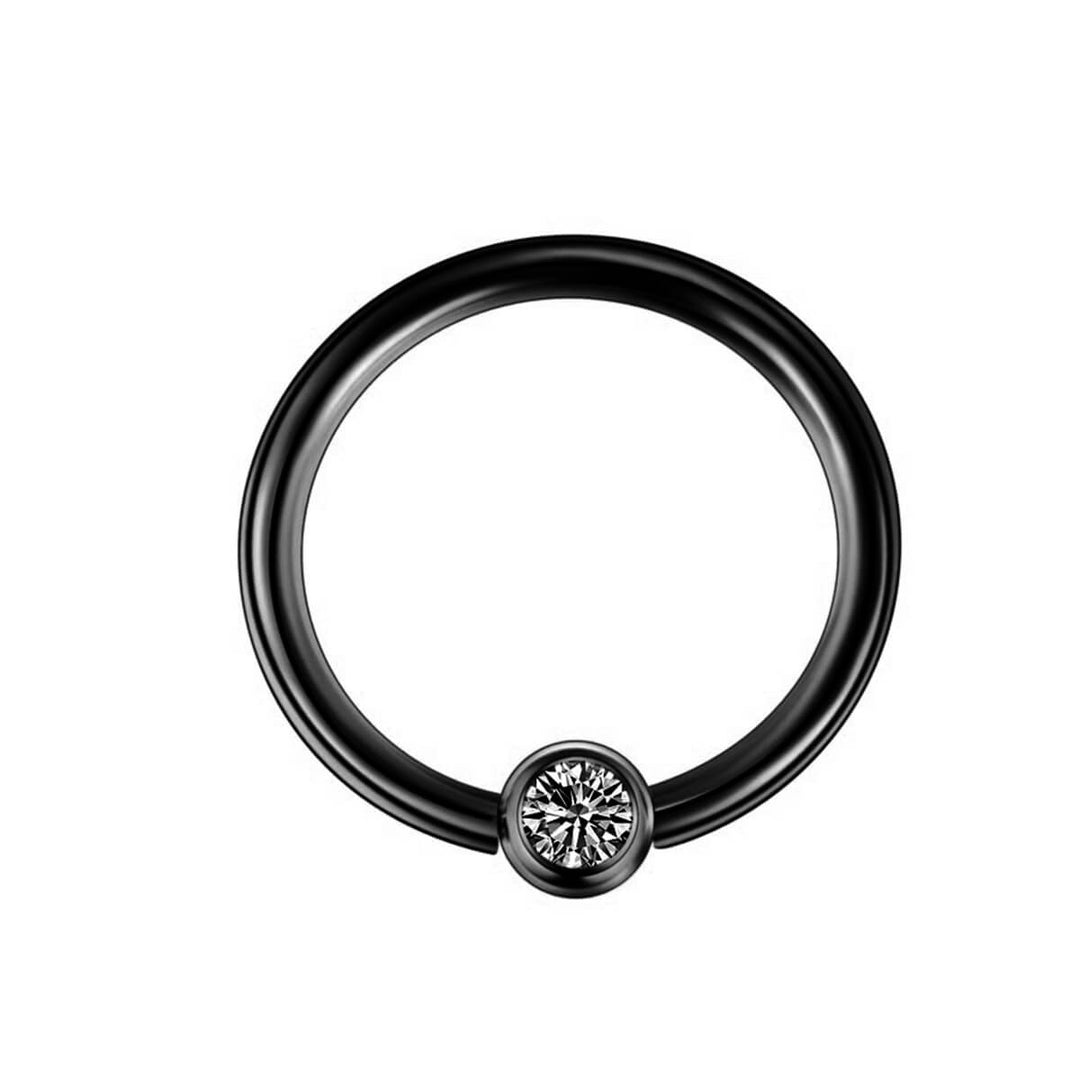Care instructions for piercing jewellery
Piercing jewellery should be cared for regularly and carefully to keep it clean and in good condition. Here are some recommendations for the care of piercing jewellery:
- Wash your hands before touching piercing jewellery. Never touch piercing jewellery with dirty hands, as they can harbour bacteria and dirt.
- Clean piercing jewellery regularly. For example, you can clean piercing jewellery with mild soapy water and wipe it dry with a towel. However, avoid using sharp objects or harsh cleaning agents, as these can damage the jewellery.
- Use gentle cleaning products for piercing jewellery.
- We recommend changing piercing jewellery after a shower or sauna when the skin is soft and clean.
- Replace piercing cups if necessary. If your piercing earring is damaged or starts to look old and worn, it is best to replace it with a new one. This will help prevent infections and keep your piercing healthy and thriving.
- Take note of the location of your piercing. For some piercings, such as the nose, it is particularly important to clean the jewellery regularly as it is more prone to contaminants and bacteria.
Remember that if you feel uncomfortable with your piercing jewellery under any circumstances, stop wearing it immediately and discuss it with your doctor. They will be able to give you more information on how to care for your piercing and help you keep your piercing healthy and comfortable.
EAR PIERCINGS
The ear is by far the most common place for piercing. The ear magazine contains a number of piercing sites, the most common of which are summarised below.

THE NAMES OF THE MOST COMMON EAR PIERCINGS:
- Industrial
- Forward Helix
- Rook
- Daith
- Tragus
- Anti-Tragus
- Orbital
- Praise
- Upper Lobe
- Flat
- Helix
- Snug
- Conch
- Anti-Helix/Snug
A helix piercing is a piercing made above the tip of the ear. It is one of the most common ear piercings and can be done at several different points on the tip of the ear. Helix piercings can be done using a variety of rings or pins.
An industrial piercing is a piercing made on the inside of the ear, often using a long pin. An industrial piercing looks as if it passes through two piercings. It is one of the most popular piercings among young people.
A rook piercing is a piercing made inside the ear at the middle of the ear. It is one of the less common ear piercings and can be slightly more difficult to do than other ear piercings. A rook piercing can be a good option for those who want a slightly more unusual and impressive piercing.
A daith piercing is a piercing that is done on the inside of the ear, in the middle of the ear. It usually has a small hole where a small ring or curved pin can be inserted. Daith piercing is widely believed to help with migraine attacks, but there is no scientific evidence to support this.
Tragus is one of the most common ear piercings. A tragus piercing is a piercing made in the bundle of the ear, in the area next to the ear canal.
DIFFERENT TYPES OF NOSE PIERCING
A nose stud is a small but trendy way to accentuate your style and stand out from the crowd. Available in a variety of shapes and colours, nose studs can be worn with other jewellery or on their own. Choose the nose jewellery that suits your style and show it off with pride.
If you're thinking of wearing a nose ring as a man, choose a design that suits your style and match it with other jewellery or your outfit. The traditional thin ring is a fashionable and easy starter piece. Although small in size it will make a big impact on your outfit.
Of all the nose piercings, nostril (pictured below in photo 2.) and septum (pictured in photo 1.) piercings are the most popular. The nostril is attached to the sides of the nose, while the septum is attached to the front of the nose. Both are also available in a non-transparent form, or as a so-called 'fake nose'.

NOSE PIERCING NAMES
- Septum
- Nostril
- Septril
- Rhino
- Austin bar
- High Nostril
- Nasallang
- Bridge
- Third Eye
PIERCINGS IN THE FACIAL AREA
Facial piercings are the most visible piercings. In the image below you can see the names and locations of the different piercings on the face.
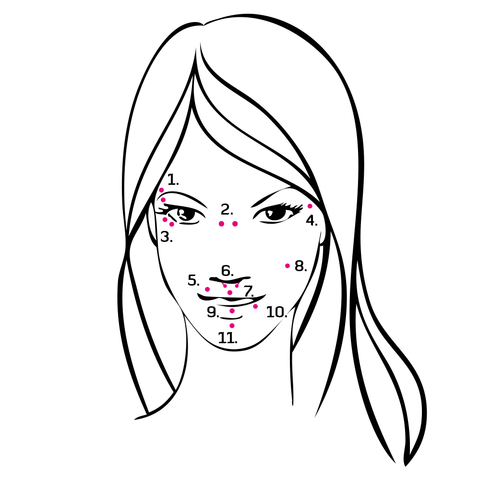
THE NAMES OF THE FACIAL PIERCINGS:
- Arcade
- Bridge
- Surface
- Microdermal
- Madonna
- Septum
- Medusa
- Joue
- Ashley
- Labret décalé
- Labret
Piercing of the oral cavity
Tongue piercing is known as a "tongue piercing" or "tongue stud", and lip piercing is known as a "lip piercing" or "lip stud". These piercings can be single or multiple, and can be on both lips or both sides of the tongue, for example.
Before piercing, it is important to think carefully and make sure that you are aware of the potential risks and that the piercing is done in accordance with good hygiene practices. It is advisable to use only reliable and skilled piercers and to ensure that they use sterile equipment and follow good hygiene practices.
Names of oral piercings
- Smiley
- Frowney
- Uvula
- Venom
- Tongue
- Horizontal Tongue / Snake Eyes
- Marley / Tongue Web
Lip piercings

Umbilical piercings
The history of belly button jewellery dates back thousands of years to antiquity and has been part of the dress culture and traditions of many cultures. In Indian culture, for example, belly button jewellery has been part of women's dress for centuries. They have also been popular as fashion jewellery, especially in the West, and have become particularly popular among young people in recent decades.
The fashionability of belly button jewellery changes over time and with trends. Today, button earrings remain popular in many cultures around the world and are often used by young people to express personal style and expression. Button earrings are available in a variety of shapes, colours and materials and can be worn as part of a versatile outfit.
The most common types of piercings are:
- Belly button piercing
- Reverse navel piercing
- True navel







